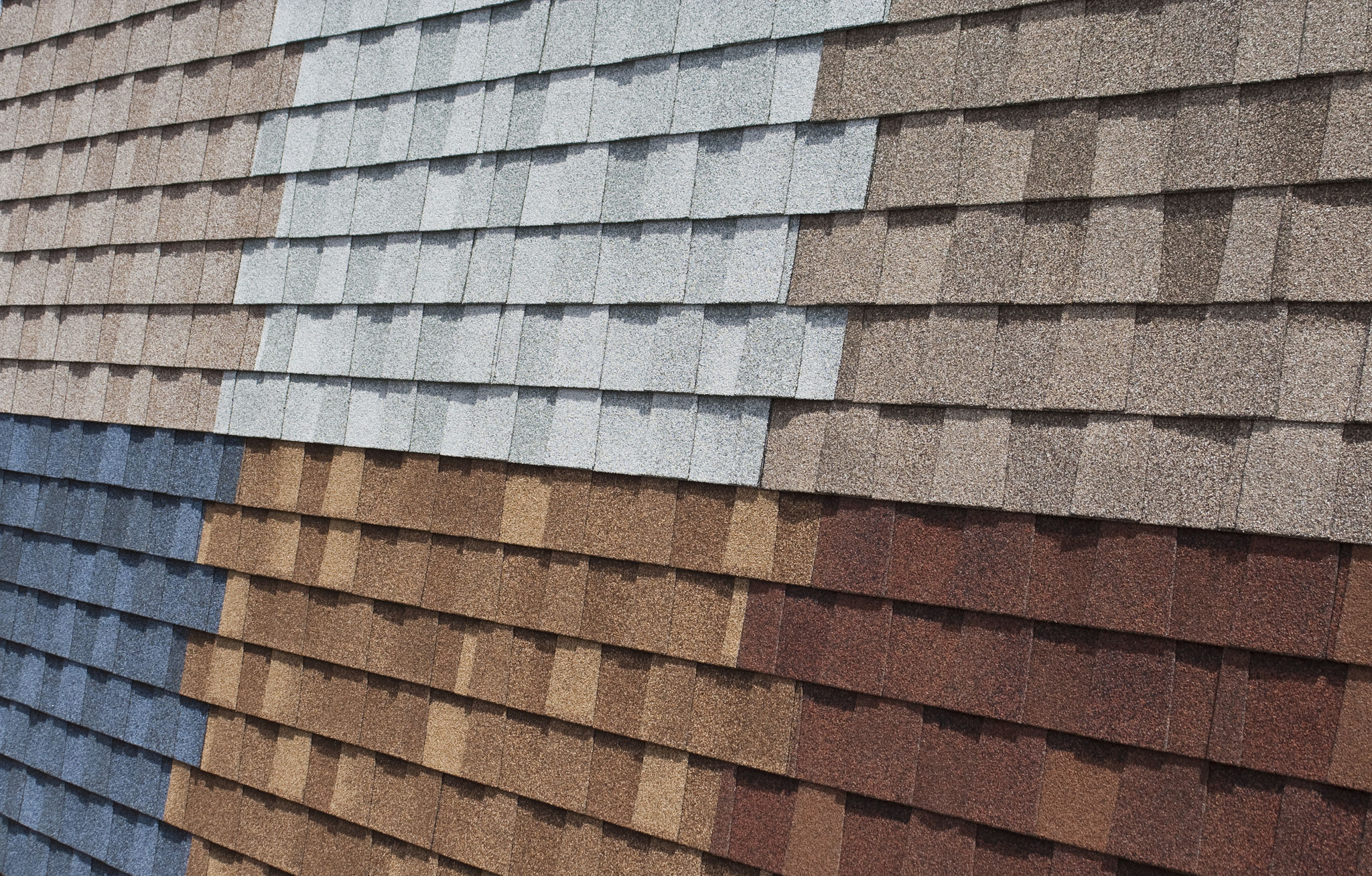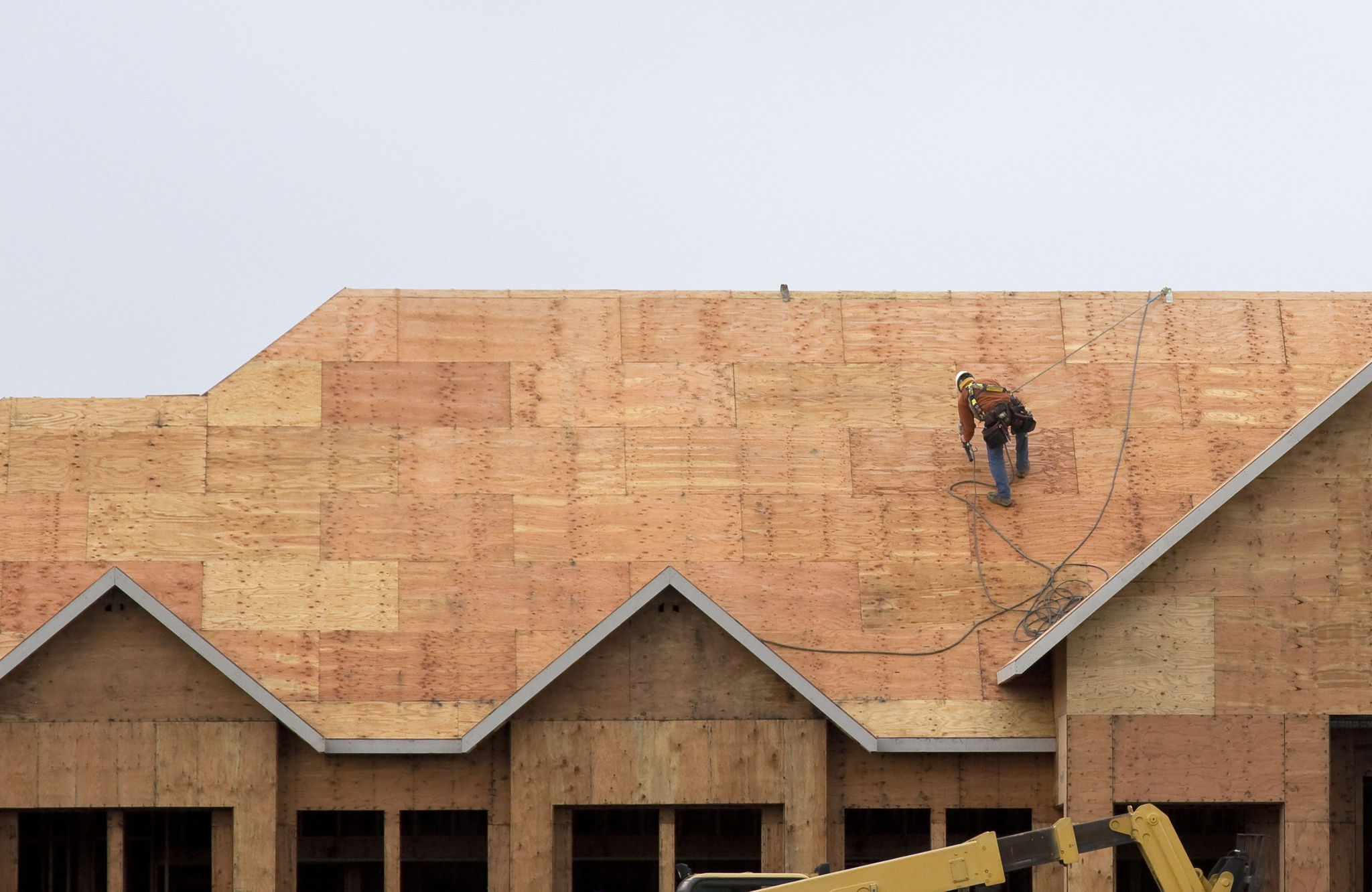How to Choose the Right Roofing Material for Your Home
DD
Understand Your Climate
When choosing the right roofing material for your home, the first factor to consider is your local climate. Different materials perform better under certain weather conditions. For instance, if you live in an area with heavy rainfall, you might need a material that offers excellent water resistance. Conversely, if you reside in a region with high temperatures, materials that reflect sunlight and provide insulation could be more suitable.

Consider Durability and Lifespan
Another crucial aspect to look at is the durability and lifespan of the roofing materials. Some materials, like slate and metal, can last for decades with minimal maintenance, while others, such as asphalt shingles, may need to be replaced more frequently. Investing in a more durable material might be cost-effective in the long run, even if the upfront cost is higher.
Here are some common roofing materials and their average lifespans:
- Asphalt Shingles: 15-30 years
- Metal Roofing: 40-70 years
- Slate: 50-100 years
- Wood Shingles: 25-30 years
Evaluate Aesthetics and Home Style
The appearance of your roof can significantly impact your home's curb appeal. Therefore, it's essential to choose a material that complements the architectural style of your house. For instance, clay tiles often look great on Mediterranean-style homes, while wood shingles might be more suitable for a rustic or cottage-style home. Take the time to explore various options and visualize how each material will look on your home.

Assess Cost and Budget
Cost is always a significant factor when selecting roofing materials. While it's tempting to go for the cheapest option, it's essential to consider the long-term costs, including maintenance and potential repairs. More expensive materials might offer better durability and energy efficiency, leading to savings over time. Create a budget and weigh the initial costs against the long-term benefits to make an informed decision.
Energy Efficiency
Energy-efficient roofing materials can help reduce your home's heating and cooling costs. Reflective roofing materials, such as metal or cool roofs, can reflect more sunlight and absorb less heat, keeping your home cooler in the summer. Additionally, proper insulation and ventilation can enhance the energy efficiency of your roofing system, providing comfort and savings year-round.

Check Local Building Codes and HOA Guidelines
Before making a final decision, it's crucial to check local building codes and any homeowners association (HOA) guidelines. Some areas have specific regulations regarding the types of roofing materials that can be used. Ensure that your chosen material complies with these requirements to avoid any legal or administrative issues.
Consult a Professional
Finally, consulting with a professional roofer can provide valuable insights and recommendations tailored to your specific needs. A roofing expert can assess your home's structure, advise on the best materials for your climate and style, and provide an accurate estimate for the project. Don't hesitate to seek professional advice to ensure you make the best choice for your home.

In conclusion, choosing the right roofing material for your home involves considering various factors such as climate, durability, aesthetics, cost, energy efficiency, and local regulations. By carefully evaluating these aspects and consulting with a professional, you can select a roofing material that not only enhances your home's appearance but also provides long-lasting protection and value.